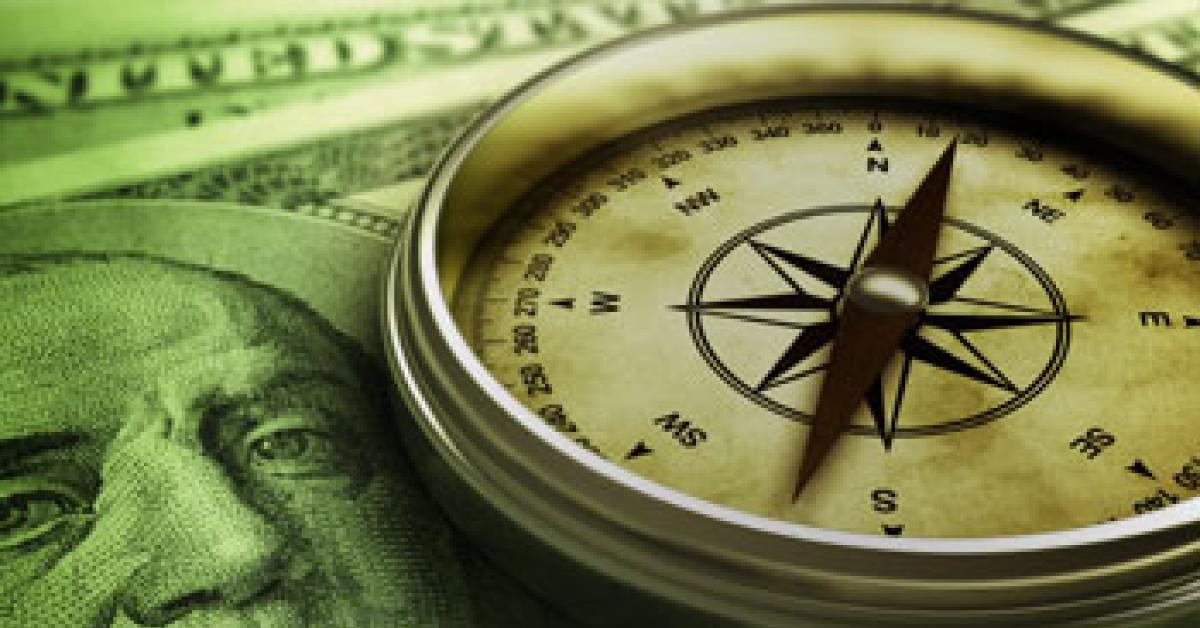CHICAGO — There is, of course, no magic formula for investing in the stock market—no recipe that will provide an absolute guarantee of success. Still, many decades of experience have provided investing professionals with insights that can help the average investor improve the chances of coming out ahead of the crowd.
Here are six investing guidelines that can help you to set the odds in your favor:
STICK WITH MUTUAL FUNDS
Trying to build a portfolio of individual stocks is a daunting task for the average investor. While there is far more information available for research than ever before, making sense of the unrelenting flow of statistical data on every individual stock is a challenging task for full-time professionals—almost impossible for the average investor.
That’s why it makes sense for most investors to stick with mutual funds for their equity investments.
AVOID ACTIVELY MANAGED FUNDS
The idea of having an active professional manager picking out the stocks to be included in your mutual fund(s) may seem to make sense, but hold on. Careful observers have noticed that it has become increasingly difficult if not impossible for any active fund manager to beat the market over the longer term. Worse, it’s virtually impossible to figure out in advance which lucky manager will beat or even equal the market in the future.
For these reasons, it’s best for mutual fund buyers to stick with passive funds—called index funds—that are constructed to match or track a market index such as the Standard and Poors 500 Index (S&P 500) or one of many others such as the Dow Jones Industrial Average (DJIA).
Because there is no highly paid manager in passive funds deciding which stocks to buy, the operating costs for index funds are generally far lower than for actively managed funds.
For more information on investing in index funds, log on to www.investopedia.com/university/indexes/index8.asp.
CONSIDER EXCHANGE TRADED FUNDS (ETFs)
While there are many similarities between regular mutual funds and ETFs, the differences are important. Because it trades like a stock, an ETF does not have its net asset value (NAV) calculated at the close of the market each trading day like a regular mutual fund does. That means you can track the daily price in real time without having to wait until the following day to learn the amounts involved in your buy or sell orders.
Another advantage is that ETFs provide the diversification of index funds with expense ratios that are lower than those of the average mutual fund. One of the most widely known ETFs is called the Spider (SPDR), which tracks the S&P 500 index and trades under the symbol SPY.
NEVER FORGET EXPENSE RATIOS
There is a cost to owning any mutual fund regardless of type; it is called the expense ratio and the differences between funds can have a major effect on your financial health. The expense ratio covers investment advisory fees, administrative costs, distribution fees, and other operating expenses.
At this time, the expense ratio for a typical actively managed mutual fund is about 1.5%. With that expense ratio, a mutual fund will charge 1.5% of the total money in the fund each and every year. Whether the market goes up, down, or stays the same, the fund will still pay itself 1.5% of the total assets within the fund. As an owner of the fund, you will be paying that 1.5% on your share of the stock you own every year. On average, about 0.5% of that fee goes to the manager of the fund, providing a healthy annual income for the manager regardless of the fund’s performance.
By comparison, the total expense ratio of a typical index fund averages around 0.25%, the major factor in this difference being the absence of an active manager and the big salary. Some index funds have an even lower expense ratio, such as the Vanguard 500 Index Fund with a current expense ratio of about .18%.
WHY EXPENSE RATIOS ARE SO IMPORTANT
Expense ratios have the direct effect of reducing the return on your investment in mutual funds or ETFs. Despite the seemingly modest annual fee of 1.5% or less, the total cost over a period of years will add up to a considerable sum. For example, if you could find a similar-quality fund with an expense ratio of .50% less than what you currently pay on a $100,000 investment, you would save $500 a year. Over 10 years, that adds up to $5,000 of savings.
HOW TO FIND A FUND’S EXPENSE RATIO
You can search the Internet for information on any fund or ETF by its ticker symbol of three to five letters. For example, the Schwab Dividend Equity Fund has a ticker symbol of SWDSX. When I searched for that symbol, the first result was Google Finance, where I found complete data on the fund. I found the expense ratio is .89%.
You can also find a fund’s expense ratio in the fund’s prospectus. If you own the fund, the prospectus is mailed to you each year, unless you have asked to have it delivered to you electronically.
If you are shopping for a fund, you can download any fund’s prospectus from the mutual fund company’s website. Look in the table of contents for a section called “Fees and Expenses.”
Regardless of which fund or ETF catches your fancy, always discover the expense ratio and take it into consideration before you invest.
Information in this article is provided for educational and reference purposes only. It is not intended to provide specific advice or individual recommendations.
Have a question or comment? E-mail our editor Dave Davis at [email protected].

